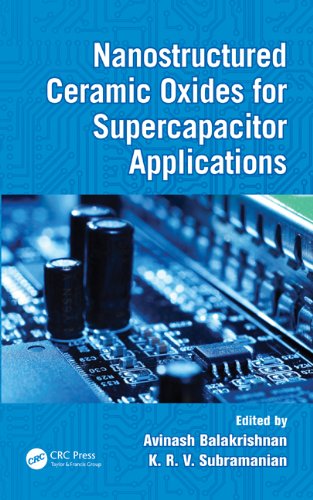

Most ebook files are in PDF format, so you can easily read them using various software such as Foxit Reader or directly on the Google Chrome browser.
Some ebook files are released by publishers in other formats such as .awz, .mobi, .epub, .fb2, etc. You may need to install specific software to read these formats on mobile/PC, such as Calibre.
Please read the tutorial at this link: https://ebookbell.com/faq
We offer FREE conversion to the popular formats you request; however, this may take some time. Therefore, right after payment, please email us, and we will try to provide the service as quickly as possible.
For some exceptional file formats or broken links (if any), please refrain from opening any disputes. Instead, email us first, and we will try to assist within a maximum of 6 hours.
EbookBell Team

5.0
88 reviewsA fresh and innovative technology is currently being recognized as a viable replacement for batteries. Research in the field of supercapacitors, as well as in the area of ceramic materials and their application to supercapacitor development, has spawned Nanostructured Ceramic Oxides for Supercapacitor Applications. Featuring key contributions from well-established experts, this book highlights the field of high-energy and power storage devices, and considers the potential of nanostructured ceramic oxides for supercapacitors.
It explores the role of different ceramic oxide systems and their surface nano-architecture in governing the efficacy of a supercapacitor, and presents a detailed understanding of the basic design and science associated with nanostructured ceramic oxide-based supercapacitors. It examines the history and development of this promising energy system, covering the fundamentals, science, and problems associated with this swiftly emerging field. The book also looks extensively into different measurement techniques that can evaluate the performance of this device.
Each chapter includes several simple, well-illustrated equations and schematic diagrams to augment the research topics and help the reader grasp the subject. Background theories and techniques are introduced early on, leading to the evolution of the field of nanostructured ceramic oxide-–based supercapacitors.
Nanostructured Ceramic Oxides for Supercapacitor Applications chronicles significant strides in device development, and benefits seniors and graduate students studying physics, electrical and computer engineering, chemistry, mechanical engineering, materials science, and nanotechnology.